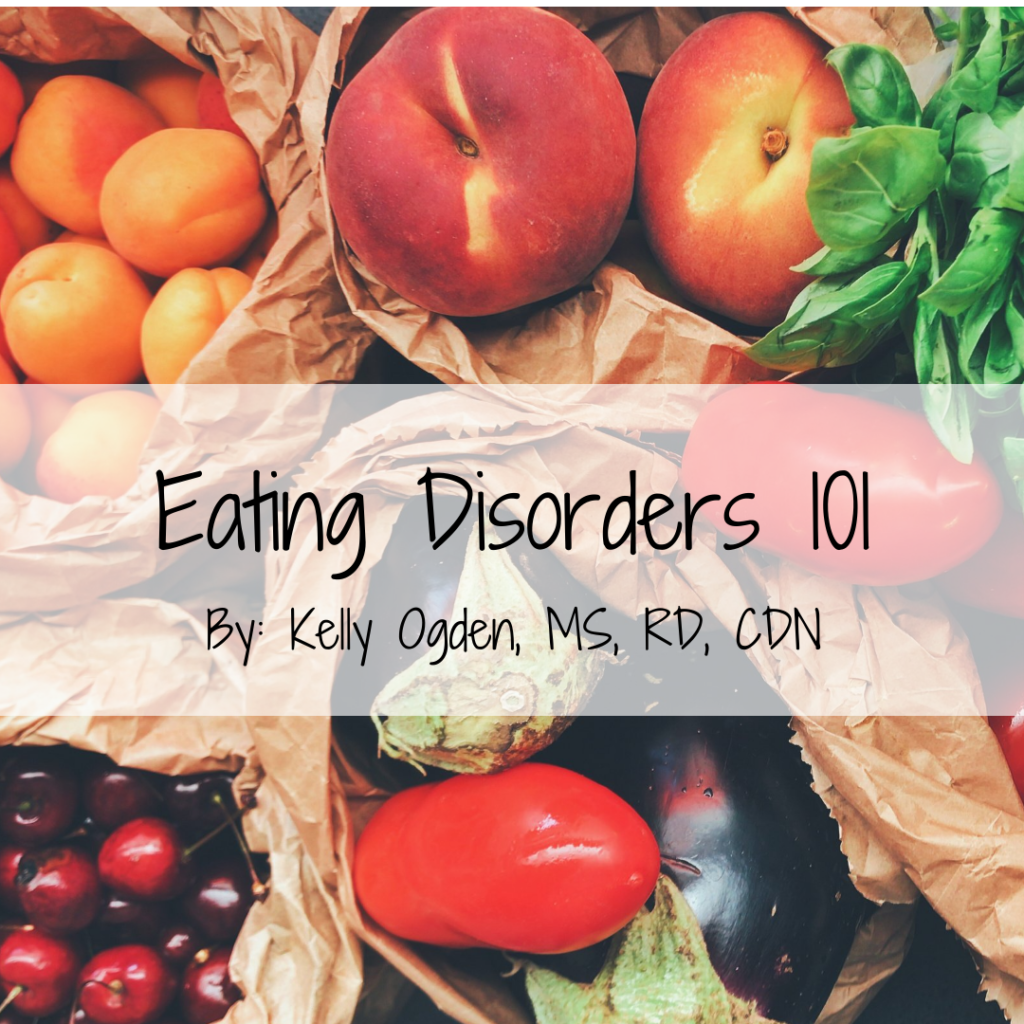
In honor of this year’s National Eating Disorder Awareness Week (February 21st-27th, 2022) we’d like to share some information about eating disorders. This is a time to help educate the public about the realities of eating disorders. This is also a time to continue to provide support for those individuals as well as families who are affected by eating disorders. This campaign is put together by the National Eating Disorder Association, also known as NEDA. NEDA is the largest nonprofit organization dedicated to supporting individuals and families affected by eating disorders.
What Are Eating Disorders?
Eating disorders are serious mental and physical illnesses. In the United States eating disorders impact approximately 20 million women and 10 million men. Eating disorders do not discriminate and can affect people of all genders, ages, sexual orientations, ethnicities and socioeconomic backgrounds. It is important to challenge the assumption that one must look a certain way to have an eating disorder. This narrow thinking can lead to misdiagnosis and prevent those struggling to avoid seeking help out of shame for not fitting the picture of what is perceived to be an eating disorder. Eating disorders have the second highest mortality rate of any mental health disorder only recently surpassed by opiod addiction.
Clinicians use the Diagnostic and Statistical Manual of Mental Disorders, Fifth Edition, also known as the DSM-5, published by the American Psychiatric Association to diagnose menthol health disorders. This book contains descriptions, symptoms and specific criteria to help clinicians in diagnosing. Four common eating disorders that will be reviewed in this article are Anorexia Nervosa, ARFID, Bulimia Nervosa and Binge Eating Disorder. However, it is important to recognize that there are other eating disorders in addition to the ones that are covered in this article.
DSM-5 criteria of Eating Disorders
Anorexia Nervosa
- Substantial and medically significant voluntary weight loss.
- Intense fear of fatness, often associated with a relentless drive for thinness.
There are two subtypes of anorexia nervosa
- Restricting type: individuals lose weight primarily by dieting, fasting or excessive exercise
- Binge-eating / purging type: individual engages in binge eating and or purging behaviors.
A binge is characterized by an individual eating a large amount of food in a short period of time in a rapid manner. The individual may feel a lack of control over eating during these episodes.
ARFID
- A disturbance of feeding behavior not explained by lack of food, cultural norms, or a diagnosed psychiatric or medical disorder that would better explain the weight loss or lack of appropriate weight gain.
- Not associated with distorted body image or drive for thinness.
- May be manifested by lack of interest in food, abnormal rejection of food due to its sensory properties.
Individuals struggling with ARFID often experience food related distress based on sensory characteristics of specific foods.
Bulimia Nervosa
- Binge eating (see definition above) at least once a week for >3 months.
- Compensation for binge by purging by vomiting, laxatives or diuretics, compulsive exercise or increased fasting.
- Not weight associated as with anorexia nervosa.
Binge Eating Disorder
- Binge eating an average of one or more binges/week for >3 months
- Experience a sense of loss control while eating and then feel emotions of guilt and shame afterwards.
- No compensatory behaviors
- Binges are associated with three or more of the following:
- Eating more rapidly than normal
- Eating until uncomfortably full
- Eating large amounts of food when not feeling hungry
- Eating alone because of feeling embarrassed by how much one is eating
- Feeling disgusted with oneself, depressed or very guilty afterward
Binge eating disorder is the most common eating disorder among U.S. adults and affects three times the number of those diagnosed with Anorexia Nervosa and Bulimia Nervosa combined.
Eating Disorder Symptoms and Warning Signs
There is no one way an eating disorder can present and it is important to remember that you cannot look at someone and tell if they are struggling with an eating disorder. However, there are warning signs that one can look out for that may be red flags that someone is struggling. Please be aware that someone struggling with an eating disorder may not have all of these symptoms at once and that warning signs vary.
- Constantly talking about food / dieting / weight loss
- Extreme mood swings and irritability
- Withdrawing from peers and hobbies they love
- Eating alone or hiding food
- Wearing baggy clothes or long sleeves and pants even on warm days
- Skipping meals or avoiding events where food will be served
- Eating at a much quicker pace
- Frequent trips to the bathroom after meal times
- Avoiding certain colors, specific brands or textures of foods
Treatment Options
There are various levels of care based on where the individual is in their recovery journey. An eating disorder provider can assess an individual to determine the appropriate level of care. For medical stabilization or symptom interruption an individual may need inpatient hospitalization or residential treatment. Both of these treatment options offer 24/7 support and the individual lives in the facility. A partial hospitalization program (PHP) level of care typically offers care 5 days per week for 6-8 hour days. A PHP facility is also called day treatment because the individual goes home once the treatment day is done. The next level of care below PHP is intensive outpatient (IOP) where an individual would attend a program typically 3 days per week for about 4 hours per day. This level of care provides meal support but also allows the individual to work on recovery outside of the program in their daily life activities. The last level of care is outpatient where the individual would meet weekly to bi-weekly with their treatment team consisting of their therapist, dietitian, psychiatrist and medical provider.
What To Do:
Recovery is a long journey but it is important to remember that full recovery IS possible. Early detection and intervention greatly increases the chances of recovery. If you suspect you, or someone you care about is struggling with an eating disorder we encourage you to reach out to an eating disorder professional (dietitian, therapist, psychologist) or your medical provider to share your concerns. These providers can conduct a full evaluation of the concerns and help to connect you with the appropriate recommendations and resources. Here at Pearls of Nutrition we have a number of Registered Dietitians that specialize in treating eating disorders and we’d love to be a part of your journey. For appointments you can call: 585-204-0285. You are not alone!
Resources:
